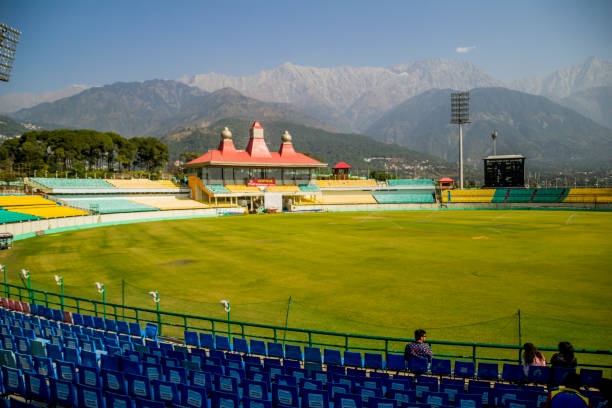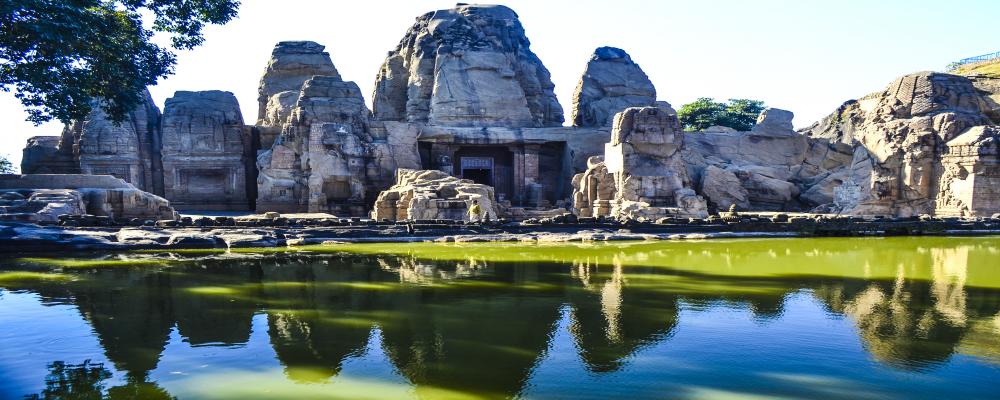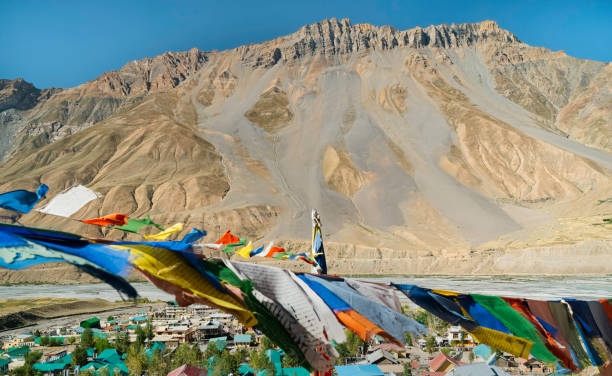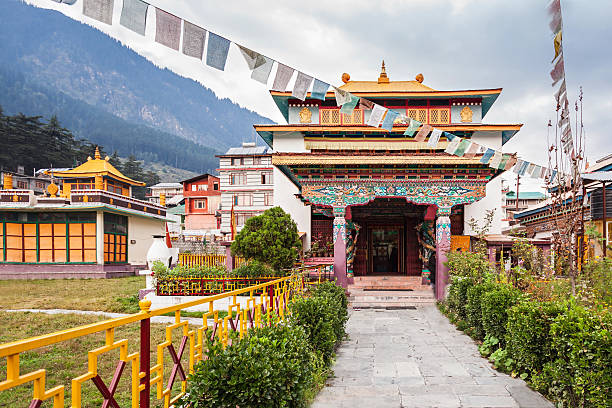Itinerary
The Great Himalayan National Park, located in the Indian state of Himachal Pradesh, is a UNESCO World Heritage Site and a popular destination for tourists, especially for those who love nature, trekking, and wildlife. Here are some of the key points of interest and tourist attractions within the park:
1. Biodiversity: The park is renowned for its rich biodiversity, including a wide variety of flora and fauna. It is home to several endangered and rare species, making it a haven for nature enthusiasts and wildlife photographers.
2. Trekking and Hiking: The park offers numerous trekking and hiking trails that take you through pristine forests, meadows, and high-altitude landscapes. The Tirthan Valley and Sainj Valley are popular trekking areas within the park.
3. Wildlife Viewing: The park is inhabited by a diverse range of wildlife, including the Himalayan tahr, Himalayan brown bear, snow leopard, blue sheep, and more. Wildlife enthusiasts can take guided tours to spot these animals in their natural habitats.
4. Birdwatching: Great Himalayan National Park is a paradise for birdwatchers. The park is home to various species of birds, making it a great destination for ornithologists and bird enthusiasts.
5. Great Himalayan National Park Conservation Area: This section of the park is the core zone and is strictly protected. It is not open to tourists but plays a crucial role in the conservation of the park's biodiversity.
6. Seraj Valley: This picturesque valley is located near the park and offers stunning views, traditional Himachali culture, and numerous opportunities for eco-tourism.
7. Eco-tourism: The park promotes eco-friendly tourism, with an emphasis on responsible and sustainable travel. There are eco-tourism initiatives that offer visitors a chance to experience the local culture and environment while minimizing their impact on the park.
8. Visitor Centers: The park has visitor centers at Sai Ropa and Sainj, where you can learn more about the park's ecosystem, wildlife, and conservation efforts. These centers also provide information and permits for treks and visits.
9. Camping: Camping is a popular activity within the park, allowing you to connect with nature and experience the pristine surroundings. Various campsites offer a chance to stay close to the wilderness.
10. Local Culture: The surrounding villages and communities have a unique culture, and you can explore the traditional lifestyle of the local people, including their customs, food, and festivals.
11. Gushaini: This is a charming village on the edge of the park, known for its scenic beauty and as a base for treks and expeditions.
12. Aut and Banjar: These are nearby towns and can serve as entry points for visitors to access the park and its surrounding areas.
When visiting the Great Himalayan National Park, it's essential to check the park's official website or visitor center for the latest information on permits, trekking regulations, and other guidelines to ensure a responsible and enjoyable visit.
Credit - Suneel





.jpg)
.jpg)


.jpg)

.jpg)


















































